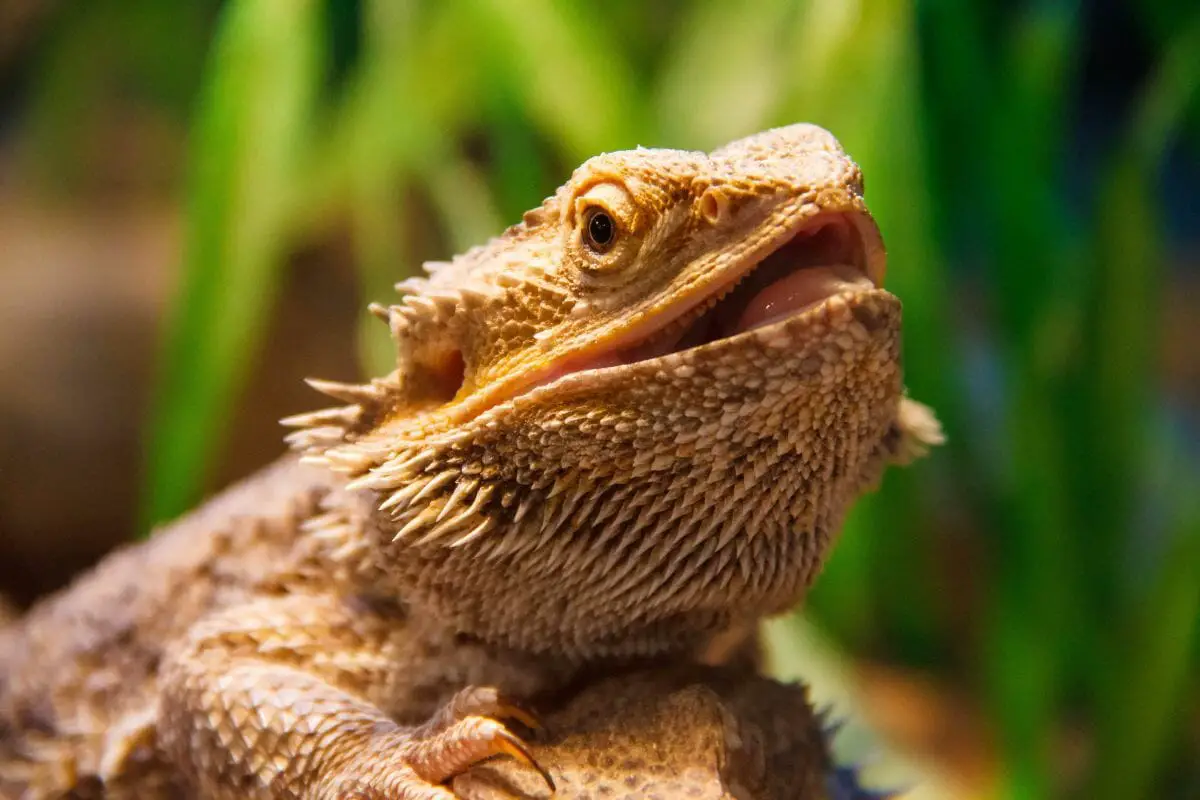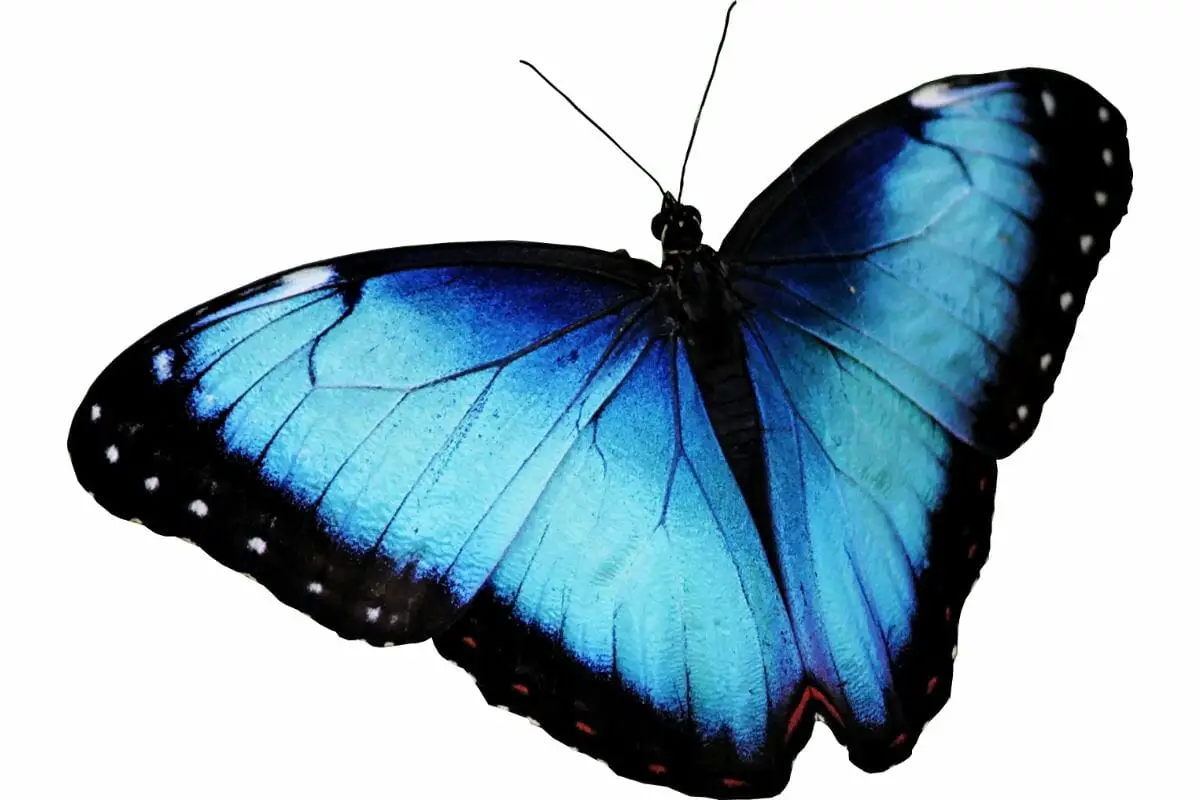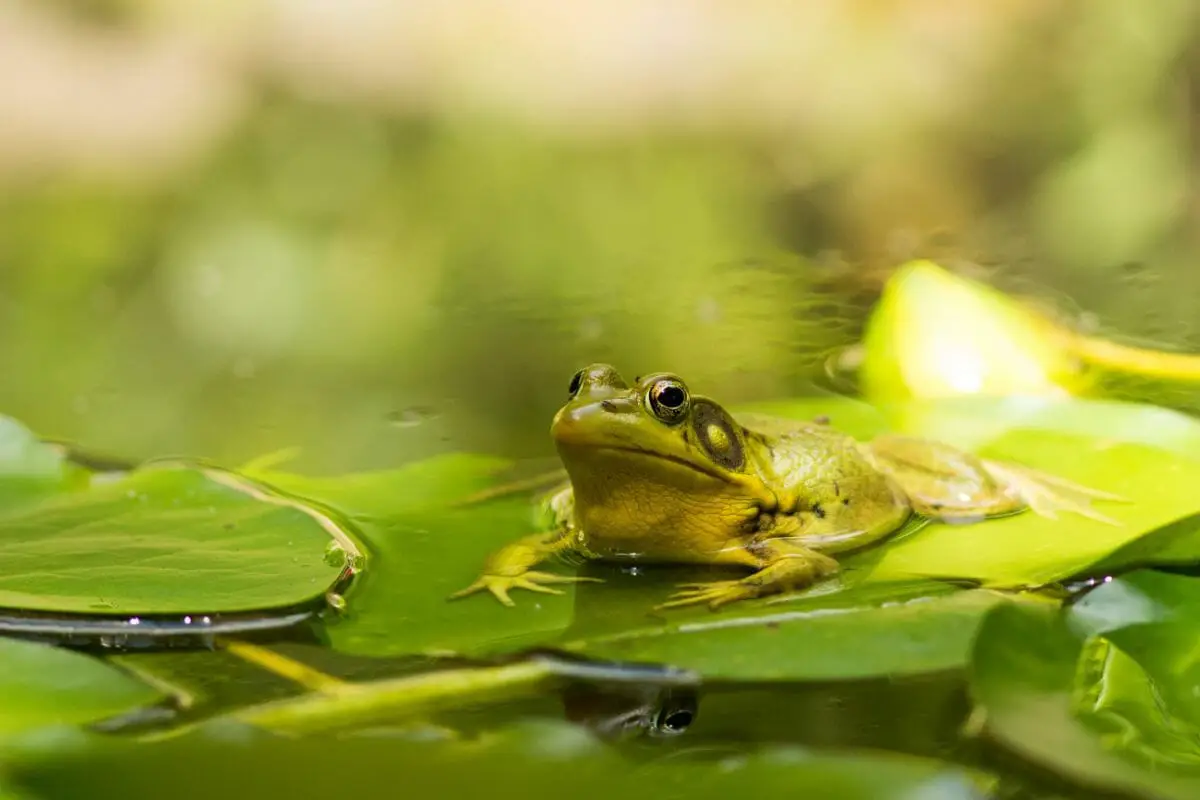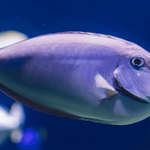Gender is a complicated subject, and you may be surprised to find that it is just as complicated in the animal kingdom. Many animals can change gender, but there are others that have a more complicated non-binary balance.

Some animals can even be affected by both genders, and some have conditions such as gynandromorphism, which makes them have elements of both male and female.
In this article, we’ll be going into more depth about animals that can change gender.
While it is not as common in mammals, there are many reptiles, invertebrates, insects, and amphibians who have the ability to either change their gender, or have both reproductive organs.
In this article, we’ll go through all the types of animal that we know can change gender, and explain why and how this occurs.
Why Do Some Animals Change Gender?
Not every animal can change their gender, but when they do there are specific reasons as to why it happens. Sometimes, there are not enough members of one gender in the population, and so they need to even it out.
This is a common occurrence among certain fish, but another time this happens is when it is generally more beneficial to them.
1. Banana Slugs
All slugs are hermaphrodites, but it is the banana slug that stands out among other mollusks in their species. Due to being hermaphrodites, banana slugs don’t switch between their genders, but instead they are both.
They’ll use both of their reproductive organs at once, while banana slugs prefer to find themselves a partner. Once they’ve found a partner, they will each exchange sperm and fertilize the other’s eggs as they curl around each other.
2. Bearded Dragons
Surprisingly, bearded dragons can become female during the incubation period before they hatch from it. This happens when the temperatures get too warm, and males will instead become female.
While they may be genetically male, they still act and reproduce like females, and will lay double the amount of eggs as a female bearded dragon.
It is said that this is occurring more due to the rise in temperatures due to global warming and climate change.
3. Butterflies

In some insects and animals, there is an occurrence known as gynandromorphism, which is a condition that allows a creature to exhibit both male and female traits on its body.
Butterflies and moths are a great example of this condition, although it is considerably rare, and will only happen to 1 in 10,000.
When this happens, the butterfly will have different colors on each side of its body, and will show a butterfly that exhibits more than one sex characteristic, making them both male and female on each side.
4. Cardinals
Another example of gynandromorphism can also happen in certain birds such as cardinals. Both male and female cardinals have different colors, with the female being a browny gray color, while males have bright red feathers.
A cardinal with gynandromorphism will share these colors on their body, and they are known to also exhibit different behaviors.
When a cardinal with gynandromorphism enters mating season, they will never vocalize or mate, yet they are treated the same as the other cardinals around it.
5. Clownfish
These fish are actually sequential hermaphrodites, and because of that, clownfish can switch from male to female if necessary. Clownfish typically live in groups where there are two sexually mature clownfish.
These are typically a large male and a larger female. If anything happens to the female, then her male partner will transition into a female, and choose the now-largest male in the group to be her breeding partner.
6. Copperhead Snakes
There are specific species of snakes that may not necessarily have the ability to switch gender, but can adjust in order to reproduce without a partner. One example of this happening is when a copperhead reproduces.
Female copperheads can fertilize their own eggs without needing a sexual parter to help them, but they also are not hermaphrodites.
When this happens, it is known as parthenogenesis. A cell known as a polar body is produced alongside an egg so that it can be fertilized by it instead of a sperm cell.
7. Corals
Contrary to popular belief, corals are not a type of plant. Instead, these are a type of polyp.
While some corals are hermaphrodites and thus have the reproductive organs of both changes, other types can change their gender from male to female and vice versa.
8. Frogs

There are many species of frogs who can transition from male to female and female to male. When they transition, they will still have functioning reproductive organs, and won’t affect them.
While this is especially common for green frogs, there are also cases of this happening with other types.
One example of this happening in another species of frog is with the common reed frog. These types of frogs can be found in different African nations such as Burundi and Ethiopia.
Like clownfish and hawkfish, they are protogynous hermaphrodites, and they will transition to females if the population has too many males.
Curiously, it has been noted that humans can also cause sex changes in frogs due to specific pesticides used that pollute their environments. Therefore, it is important to do your research before using specific pesticides in ponds and rivers.
9. Green Sea Turtles
Similarly to bearded dragons, the embryo of a green sea turtle is also sensitive to external temperatures. Their eggs are laid in the sand, but where it is warmer, more females will be born.
Depending on the temperature of where the green sea turtle hatches, there may be a higher percentage of females born than males.
Overall, this is more dangerous for sea turtles, as their populations are already in danger. If females hatch from warmer eggs, they will migrate to cooler climates so that they can produce more males.
However, if there are more females than males, then many sea turtles may not be able to mate, and they will become more endangered than they already are.
10. Hawkfish
These fish live in harems, where they follow a male leader. Most hawkfish begin their life as a female, but if the male hawkfish has too many females in the harem, the largest female will transition to male.
This newly-male hawkfish will then split the harem in half. However, that doesn’t mean the transition is permanent. Hawkfish can go back to being female if they have lost too much of their harem, or if they lose a fight to a larger male.
11. Humphead Wrasse

As another protogynous hermaphrodite, the humphead wrasse is able to change its sex from female to male once it reaches nine years of age.
You can tell the difference in gender by noting the coloration of them, as females are an orangey-red, while males shift to blueish-green. However, they are not the only members of the wrasse family to do this.
Bluehead wrasse are another notable example of wrasses who can transition. They begin their lives as females, but then become male once they have reproduced.
When they reproduce, the bluehead wrasse will become more aggressive as the females transition to male.
12. Sea Bass
These fish are found throughout the United States, and are also a type of protogynous hermaphrodite. However, sea bass are more difficult for scientists to establish their reproductive habits, especially black sea bass.
From what researchers have seen, females will observe when the male sea bass have declined, and then switch to male when this happens.
13. Slipper Limpets
These are a type of sea snail that transition from male to female as they get older. Larger slipper limpets won’t change their sex as quickly as an isolated male, which makes it more beneficial for their evolutionary line.
If two males make contact with another, the larger male can transition to female at a quicker rate than the smaller male, and thus allows them to mate easier.
14. Starfish
While many starfish are born either male or female, there are times when a starfish will change its assigned gender. One example where this happens is through the cushion star, where all of them are born males.
However, once these male cushion stars reach a certain age, instead of producing sperm, they will instead produce eggs. When this happens, it is called sequential hermaphroditism.
Final Thoughts
As you can see, gender is a complicated subject in the animal kingdom, and it’s incredibly common for fish to transition to another gender for evolutionary purposes.
As you can see, even some mammals such as the cardinal can show elements of having more than one gender.
There are different reasons for wildlife to change gender, but one of the most common reasons is to even out their populations. However, in this list we have also included hermaphrodites, as not all creatures are necessarily born that way. The process of animals undergoing sex change is a fascinating aspect of nature, intricately linked with reproduction and survival strategies.
Simultaneous hermaphrodites, like certain gastropods, possess both male and female reproductive organs, enabling them to self-fertilize in isolated environments. This adaptability ensures the continuation of their species.
In species where dominant males guard resources or harems, such as in some fish communities, a female may change sex to become the dominant male, a process influenced by both environmental factors and the internal balance of chromosomes and hormones.
This gender change is not just about the physical transformation of testes and ovaries but is also deeply connected to the animal’s role in its ecosystem.
The case of male frogs and creatures like the clownfish (popularized as ‘Nemo’), which can switch genders, further illustrates the complexity of this biological process.
These transitions, driven by the need to ensure effective reproduction, highlight the remarkable adaptability and diversity of life on Earth. If you want to know more about animals that can change gender or other fun facts, why not check out some of our other articles to find out more?
- What Should I Do If A Koala Bites Me? Safety Guide - 2024-05-30
- Are Kangaroos Born Without Hind Legs? A Fascinating Journey - 2024-05-30
- Animals That Look Like Squirrels - 2024-05-30









